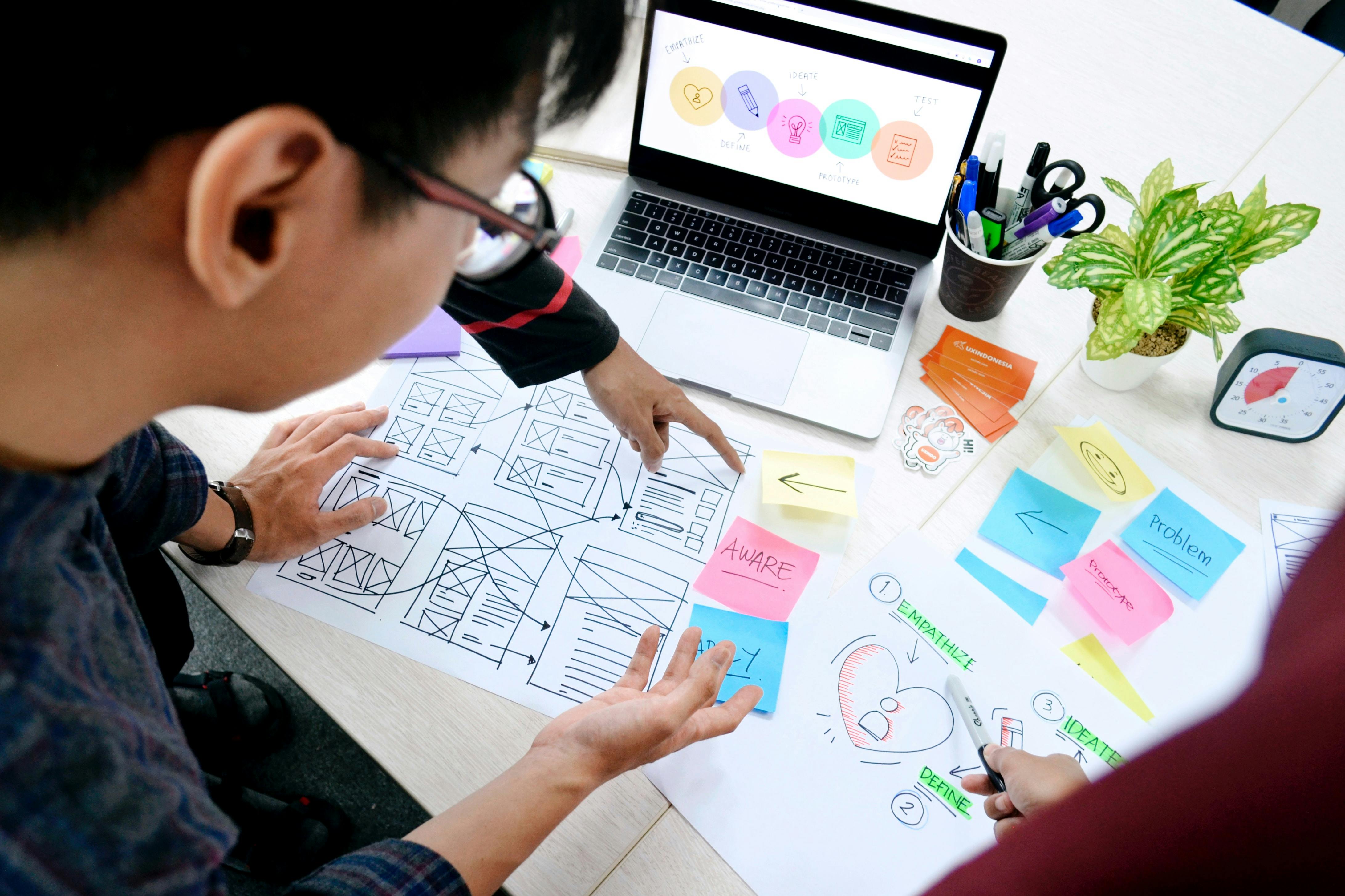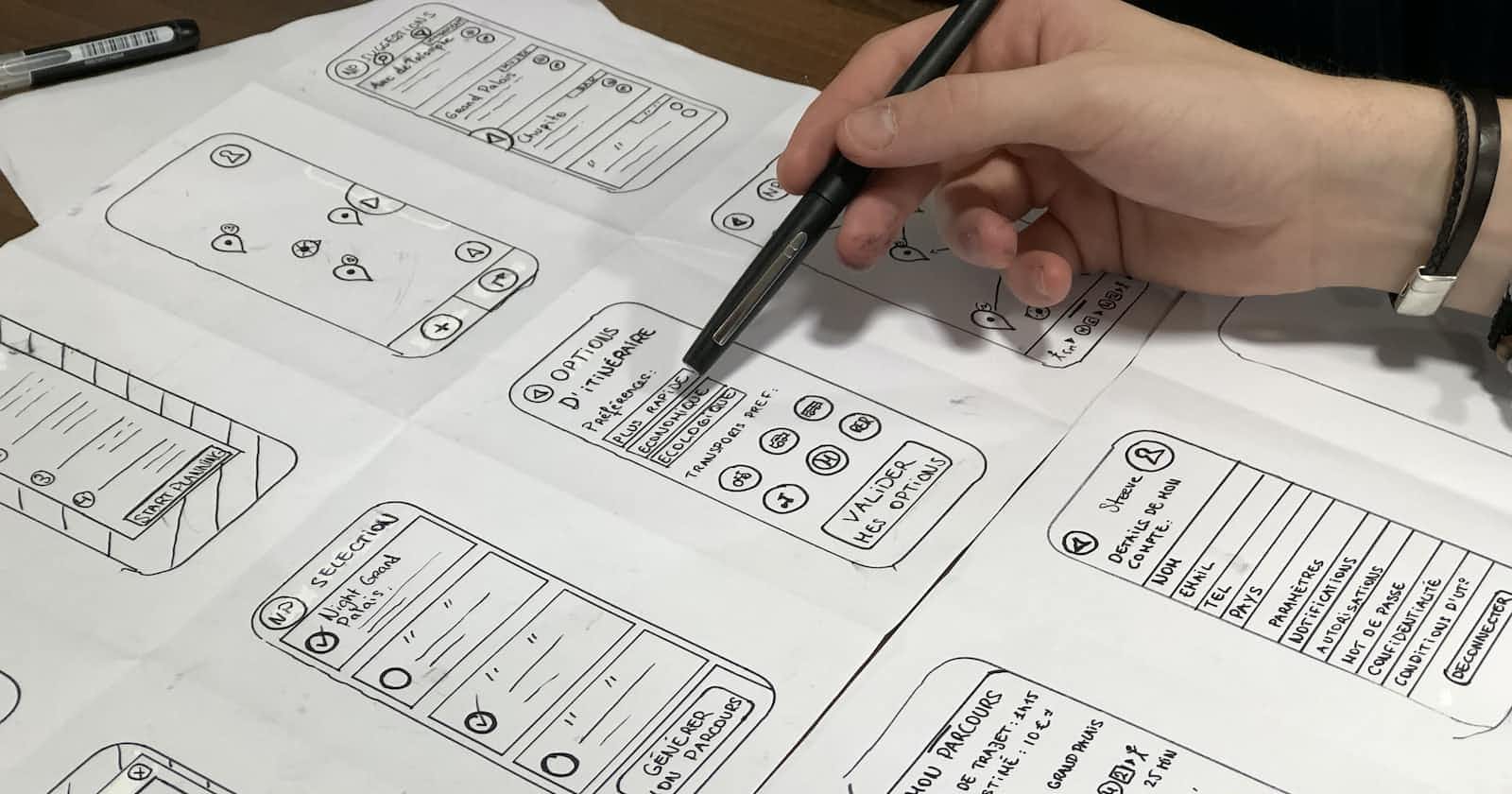
Photo by Amélie Mourichon on Unsplash
A Comprehensive Guide on How to Design for a Good User Experience
In the ever-evolving digital landscape, the significance of designing for a positive user experience (UX) cannot be overstated. This blog aims to explore the intricacies of UX design, delving into its process, discussing essential skills and tools, and offering practical tips to elevate user satisfaction and retention.

Understanding the UX Design Process:
Embarking on the UX design journey starts with a deep understanding of the challenges and pain points users encounter. It involves immersing oneself in comprehensive research to uncover insights into users' needs, expectations, and frustrations.
Creating user personas is a pivotal step in humanizing the target audience, providing a guide to shape design decisions. These personas serve as a reminder that behind every click or interaction, there's a real person with unique goals and preferences.
Mapping out user journeys involves visualizing the steps users take to accomplish their goals within a product or service. This process helps in identifying touchpoints and ensures a seamless and intuitive user experience.
Sketching and prototyping allow designers to transform ideas into tangible representations. This step facilitates early visualization and testing of design concepts, ensuring that the final product aligns with user expectations.
Testing and iterating are integral components of the design process. Regularly testing prototypes with real users and incorporating their feedback in an iterative fashion ensures continuous improvement and refinement.
Launching the final product marks the culmination of the design process. Employing analytics tools to measure user interactions and monitor key performance indicators (KPIs) provides valuable insights, allowing designers to identify areas for further enhancement.
Essential Skills and Tools for UX Designers:
User research forms the foundation of UX design, requiring designers to conduct in-depth research to understand user behaviors, preferences, and pain points.
Usability testing is an ongoing practice that involves regularly testing the usability of a design with real users. This helps in identifying potential issues and refining the user experience.
Wireframing is the art of creating low-fidelity sketches to outline the structure and layout of a design, providing a blueprint for subsequent development.
UI design focuses on crafting visually appealing and user-friendly interfaces that resonate with the target audience.
Interaction design involves creating seamless and intuitive interactions between users and the product, ensuring a positive and engaging user experience.

Tips and Best Practices for UX Design:
Staying informed about current trends and challenges is crucial in the dynamic field of UX design. Regularly updating knowledge ensures that design decisions align with the latest industry standards.
Showcasing inspiring examples of UX design that demonstrate effective problem-solving and innovation provides valuable insights and inspiration for designers.
Practical Ways to Improve User Experience:
Taking a consultative approach by engaging with users throughout the design process fosters a collaborative environment, allowing designers to gather feedback and insights.
Defining clear calls to action and designing pathways that guide users seamlessly through the desired actions contributes to a streamlined user experience.
Continuously testing and monitoring user interactions helps identify areas for improvement, ensuring that the design remains responsive to user needs.
Implementing responsive web design ensures that the user experience is consistent across various devices, catering to the diverse ways users access digital content.
Staying attuned to industry trends and user preferences helps designers track what's hot and what's not, allowing for informed design decisions.
Integrating social elements into the design encourages user engagement and interaction, creating a sense of community around the product or service.
Key takeaway:
Designing for a positive user experience involves a holistic and iterative process, emphasizing a deep understanding of user needs and continuous refinement. By honing essential skills, employing effective tools, and staying attuned to user trends, UX designers can create products that not only meet but exceed user expectations. The impact of a well-crafted user experience extends beyond customer satisfaction, contributing to enhanced brand loyalty and overall success. As you embark on your UX design journey, remember that the key lies in a user-centric approach and a commitment to continuous improvement. Share your experiences and insights as you apply these principles in your projects, and stay tuned for more inspiration on creating exceptional user experiences. Happy designing!
